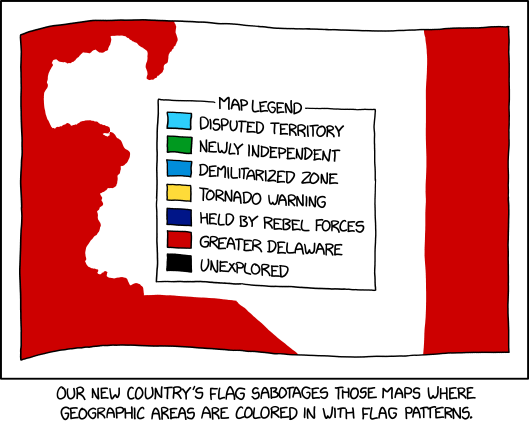
Bespoke globemaker Bellerby and Company is putting the finishing touches on a one-of-a-kind globe that will be auctioned to raise funds for the defence and rebuilding of Ukraine. “One of our talented painters, Anastasiya (Nastia), has been in the company close to 5 years. She is hand painting traditional Ukrainian folk art directly on to this unique and special globe.” The globe is inspired by Petrykivka painting. More at their Instagram post.








